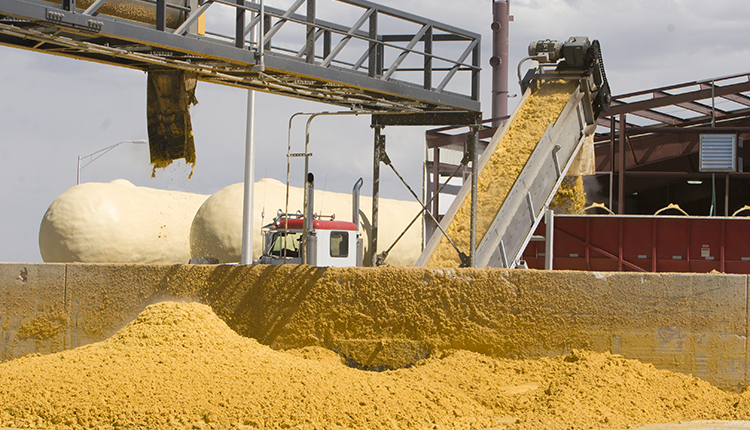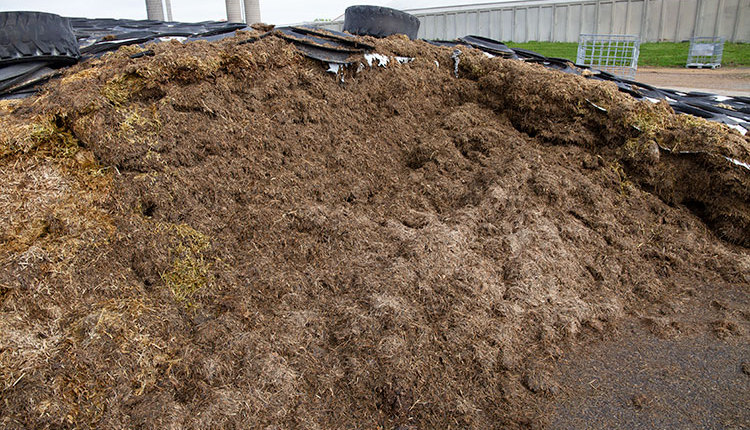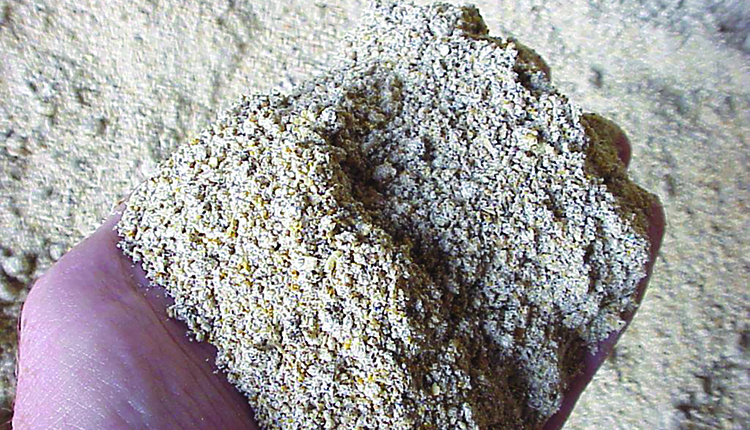
Many of us find ourselves eating out more in recent years than we did a decade ago, and certainly more than a generation ago. In many regions, there has been a proliferation of eating options. For many of us, our lifestyle leads us to take advantage of these eating opportunities.
I find it interesting that we often don’t have a good sense of what goes on back in the kitchen at these eating establishments.
- What is the cleanliness of the food prep area?
- How fresh are the ingredients?
- Are those ingredients stored, cooked, and maintained at proper temperatures?
- Is the mix of ingredients healthy for us?
- Are there true cooks in the kitchen or just food preparers that know how to operate a microwave and convection oven?
Often, we take it on faith, assuming the kitchen knows what it is doing and that the local health department inspects and assures a degree of ongoing quality execution.
From food kitchens to lab kitchens
We can take this analogy and loosely apply it to what happens in the forage lab kitchen, especially as it pertains to near-infrared spectroscopy (NIR). In the last number of years, there has been a proliferation of meal choices when it comes to NIR analysis. Laboratories have developed and now provide more predictive equations for various feed materials and are evaluating for a constantly increasing number of nutrient definitions. These NIR equations are used on a growing array of NIR instruments of varying quality. That being the case, NIR has become the primary tool for analyzing most forage samples.
However, NIR prediction equations differ significantly in the quality and depth of prediction capabilities. Just because a laboratory publishes an NIR predicted value it does not mean that it truly reflects, with statistical confidence, what is being measured.
As users of this information, it is challenging to have enough knowledge to “go into the kitchen,” observe the process, and understand what is going on. Nutritionists, as gatekeepers of forage quality characterization on the farm, should be versed in understanding NIR as an analytical tool.
The necessary questions
Before we make an attempt to “step into the kitchen” and observe, let’s review some key points to evaluate. We will discuss more general points below and dig into statistical concepts in a later communication.
- How long has the lab been performing NIR analysis?
- Do lab personnel understand the nuances of sample preparation and analysis?
- Do they have the depth of experience to recognize a good prediction versus one that may be questionable?
Does the lab have broad experience in calibration development? The key forage laboratories will have personnel that have decades of development experience. Understanding how to choose calibration samples for a new development or for equation updates requires experience, and even seasoned developers evolve their understanding of the best approach over time.
Does the laboratory have access to many samples of various feed types that allow them to develop calibrations that have “depth”? Calibrations may perform well for a majority of samples but poorly when predicting nutrients on samples that are not consistent with library samples. As an example, it is much easier to put together an alfalfa hay calibration that performs well as opposed to a “grass” hay that represents many species grown over various climate regions.
Does the lab routinely open their calibrations to add new samples to the calibration set? Many larger calibrations may become static with little modification over time. Calibrations also may become weighted with too many samples, especially samples that are “typical.” A well-developed calibration will have an even distribution of sample spectra, not with spectra bunched as in a “normal” distribution. Based on improved analytical methods and to better represent current populations, we routinely redevelop calibrations for improved performance.
Does the lab have the internal chemistry lab capability to invest in the development and modification of calibrations over time? Chemistry analysis is expensive and smaller labs may find it cost prohibitive to invest in significant equation updates over time.
What about borrowed calibrations?
There is a current trend where larger labs with developed calibrations will “lease” calibrations to smaller labs or to businesses or farms that want to perform on-site analysis. This can be a very effective way to access quality calibrations. However, the same questions in terms of the quality and performance of the calibrations would apply. It becomes somewhat more difficult to evaluate performance, though, when the smaller lab does not understand the composition and performance of the NIR equation models that it leases.
These are a few concepts to consider as a user of NIR information. The user needs to have a basic understanding of NIR equation development and performance and lab operation in order “to step into the kitchen,” observe, and ask the right questions. In the next communication we will take a deeper look into how an NIR equation is developed and how to recognize quality.








